- Automobiles & Motorcycles
- Beauty & Personal Care
- Business Services
- Chemicals
- Construction & Real Estate
- Consumer Electronics
- Electrical Equipment & Supplies
- Electronic Components & Supplies
- Energy
- Environment
- Excess Inventory
- Fashion Accessories
- Food & Beverage
- Furniture
- Gifts & Crafts
- Hardware
- Health & Medical
- Home & Garden
- Home Appliances
- Lights & Lighting
- Luggage, Bags & Cases
- Machinery
- Measurement & Analysis Instruments
- Mechanical Parts & Fabrication Services
- Minerals & Metallurgy
- Office & School Supplies
- Packaging & Printing
- Rubber & Plastics
- Security & Protection
- Service Equipment
- Shoes & Accessories
- Sports & Entertainment
- Telecommunications
- Textiles & Leather Products
- Timepieces, Jewelry, Eyewear
- Tools
- Toys & Hobbies
- Transportation
What is hinge joint fence?
A hinge joint fence, also known as a hinge knot fence or sheep fence, is a type of agricultural fencing commonly used to contain livestock such as sheep, goats, cattle, and horses. It is named for the distinctive "hinge" knot used in its construction, which allows the fence to flex and move with the natural movements of animals without losing its structural integrity. Hinge joint fences are known for their durability, flexibility, and cost-effectiveness, making them popular choices for farmers and ranchers worldwide.
Features of Hinge Joint Fence:
Hinge Knot: The defining feature of a hinge joint fence is the "hinge" knot that connects the vertical stay wires to the horizontal line wires. The knot creates a flexible joint that allows the fence to absorb pressure and strain without breaking or stretching. This flexibility is essential for containing livestock and preventing them from pushing or breaking through the fence.
High Tensile Strength: Hinge joint fences are typically made of high-tensile galvanized steel wire, which provides excellent strength and durability. The high tensile strength ensures that the fence can withstand the impact of animals and external forces without becoming damaged or deformed.
Wire Spacing: The fence consists of horizontal line wires spaced at regular intervals, usually closer together at the bottom and gradually spacing further apart towards the top. This design helps prevent smaller animals from slipping through the fence while still allowing flexibility and visibility for larger animals.
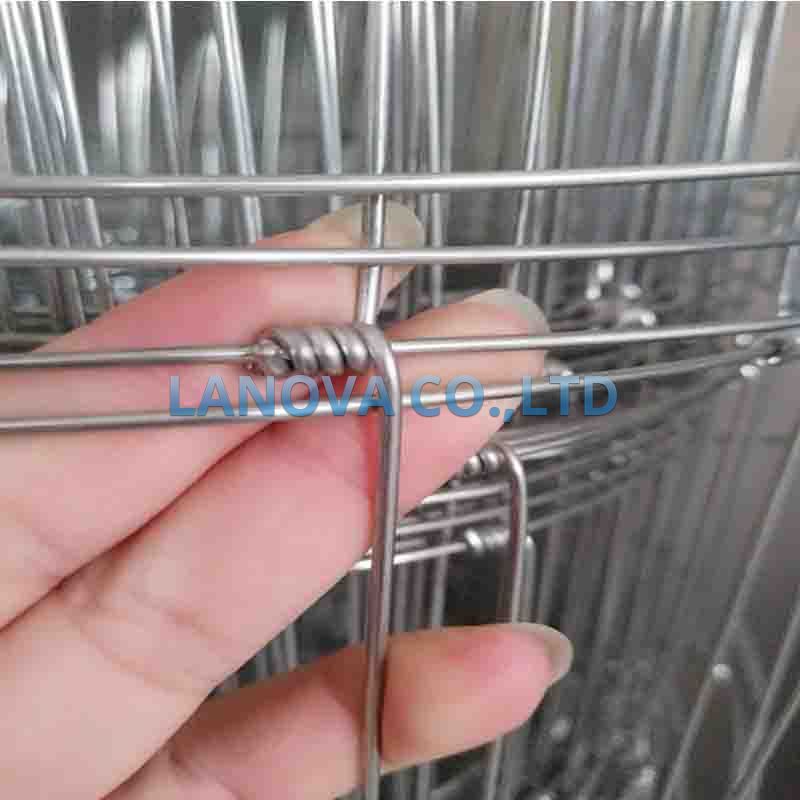
Easy Installation: Hinge joint fences are relatively easy to install, and they can be erected on various types of terrain. The flexibility of the fence also allows it to adapt to uneven ground and changes in landscape.
Versatility: Hinge joint fences are versatile and can be used for a wide range of applications, from enclosing large pastures to creating paddocks or exclusion areas. They are commonly used in agricultural settings, including livestock farms, ranches, and grazing areas.
Advantages of Hinge Joint Fence:
Further reading:How to Choose the Right Aluminium Sheet?
Know The Silica Fume Production Process
Enhancing Filtration and Sieving Processes with Stainless Steel Wire Mesh
The Advantages of Welded Mesh: Versatile, Durable, and Cost-Effective
How Does an Electric Fence Work?
Which is better galvanized or Galvalume?
Filtration Using Sintered Metal Filters
Durability: The high-tensile galvanized steel wire used in hinge joint fences ensures longevity and resistance to rust and corrosion.
Flexibility: The hinge knot design allows the fence to flex and move, reducing the risk of damage from animal impact or environmental factors.
Cost-Effective: Hinge joint fences are cost-effective compared to other types of livestock fencing, making them a popular choice for large-scale agricultural operations.
Secure Containment: The fence design and high tensile strength provide secure containment for livestock, reducing the risk of escape or predation.
Low Maintenance: Once properly installed, hinge joint fences require minimal maintenance, saving time and resources for farmers and ranchers.
In conclusion, a hinge joint fence is a versatile and durable fencing solution used primarily in agricultural settings to contain livestock. Its unique hinge knot design, high-tensile strength, and flexibility make it an effective and cost-efficient option for farmers and ranchers seeking secure and long-lasting fencing solutions for their livestock and grazing areas.
The Benefits of Polished Stainless Steel: A Shining Example of Versatility
What Is the Maximum Weight a Railway Track Can Support?
Aluminum Casting: Crafting Excellence in Metal
4 Elements of the Advantages of Aluminum Furniture
Honeycomb Extruded Porous Ceramic Filter: Paving the Way for Cleaner Industrial Processes
Double Wire Mesh Fence vs Chain Link Fence: Which One Reigns Supreme?
Frequently Asked Questions about Galvanized Corrugated Steel Plate
Related Articles
If you are interested in sending in a Guest Blogger Submission,welcome to write for us!




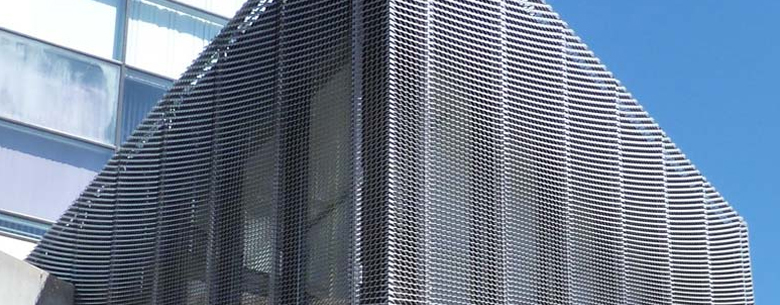
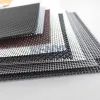
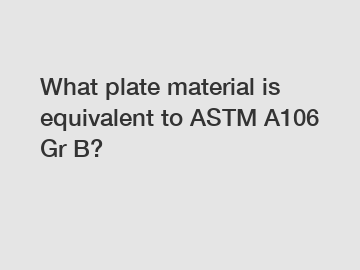
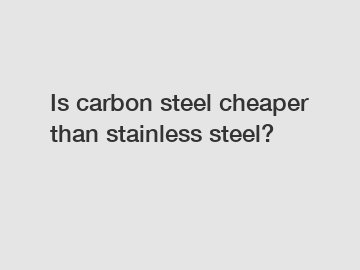
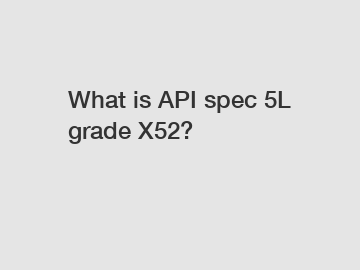



Comments
0